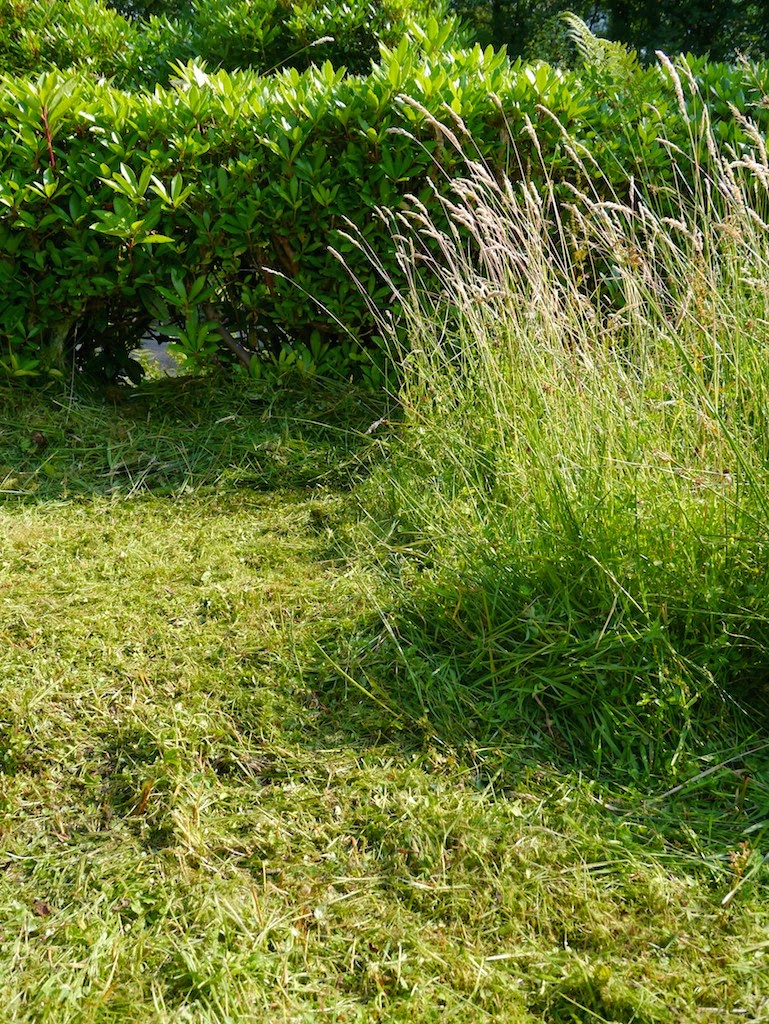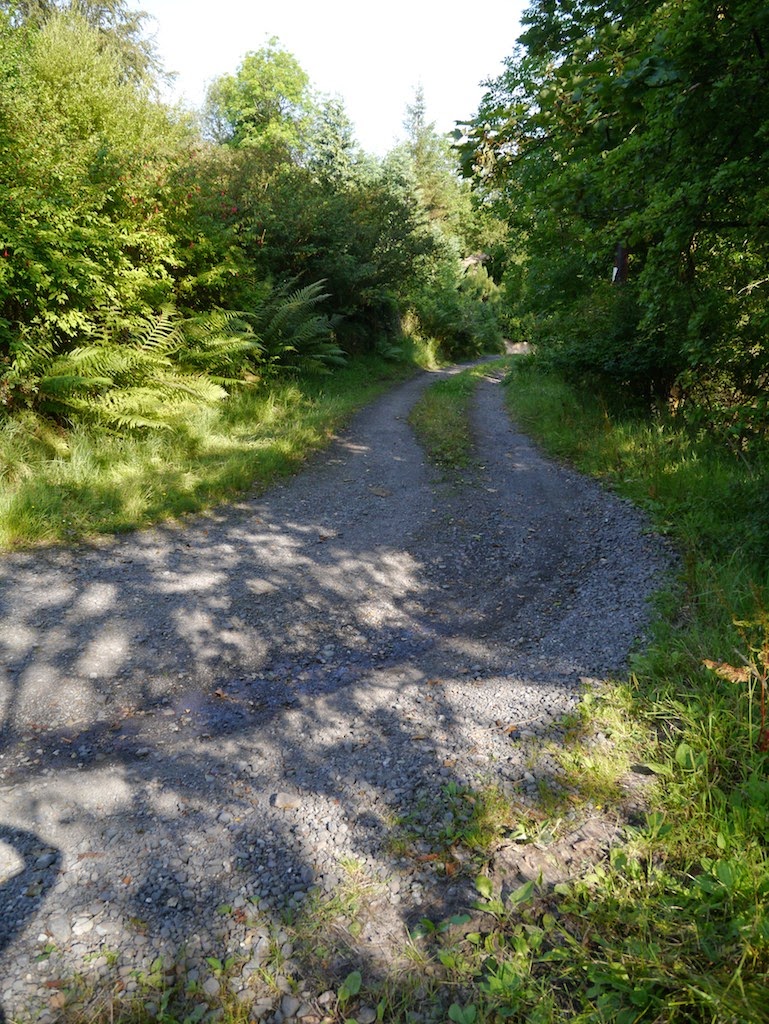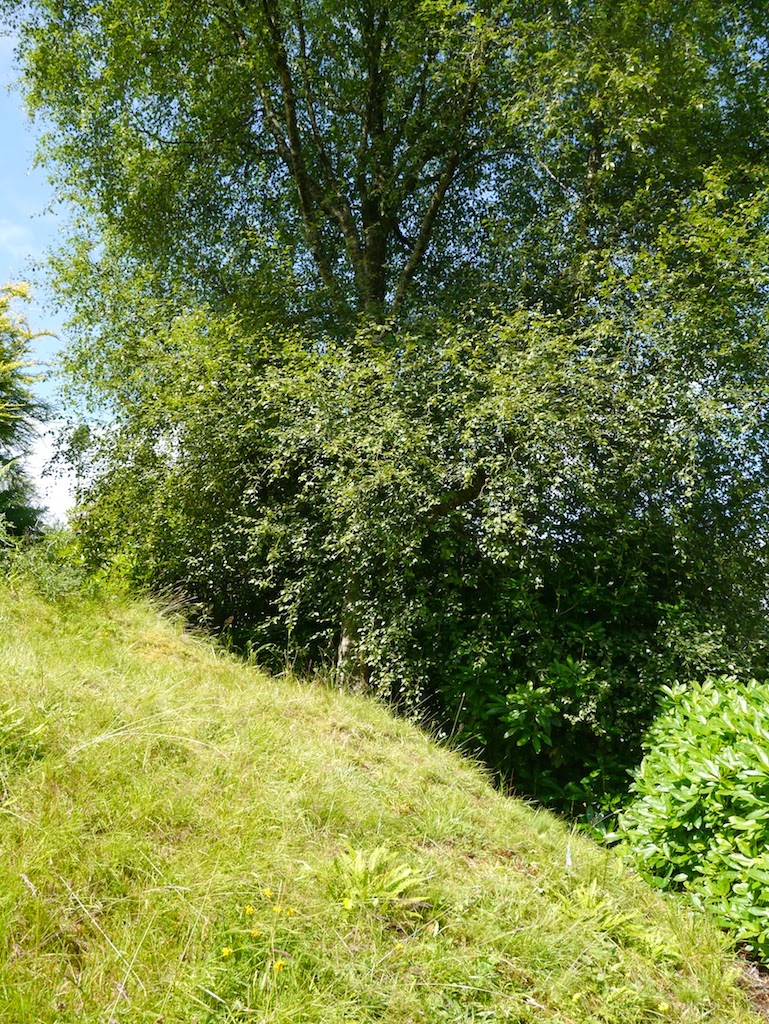I have learned this morning that what I have been calling Bog Pimpernel (
Anagallis tenella) at the Boggy Brae is actually New Zealand Willowherb (
Epilobium brunnescens). I'd seen some pics of Bog Pimpernel via Twitter and begun to wonder. My flower was the wrong colour for a start and on one of the Twitter pics, there were two flowers on one stem. Hmm. I should have realised before now that the seed pods of the Boggy Brae plant were a huge clue to its willowherbiness!
I asked some questions, sent a couple of people a link to my incorrect blog post about Bog Pimpernel, and did another careful search in my flower books. W Keble Martin mentions a plant called Alpine Willowherb (
Epilobium anagallidifolium) whose leaves are similar but the stem's not right. Then I turned to
The Wildflowers of Britain and Northern Europe by Fitter, Fitter and Blamey (1974). FF&B have a picture and description of New Zealand Willowherb and it is exactly the BB plant. Yay!
And all that before breakfast! Gotta be good.
Here's a link to the pics on Wiki of Epilobium brunnescens and
here's one to my now corrected blog post from last year
Now to That Pink Stuff. I was thinking yesterday evening that the anonymous commenter (Thank you, Nonny Mous) on my first post about the pinkish-red gloop was probably right, or nearly so. He or she thought it might be puke. Yes, it could easily be that. Alternatively, bird shit.
The blobby bits in this pic could easily be raspberry seeds,
the seta-like things I referred to could easily be from wild raspberries,
and the colour is right for raspberries that went through, or half way down and out again, some creature's alimentary canal damn quick!
Here is someone else's photo of raspberry seeds via Flickr
I'm used to seeing the berry shit of blackbirds when the summer berries ripen but I'd never seen anything this colour before. What a wonderful example, though, of how seeds get spread around with their own little packets of manure!
What a wonderful explanation of how wild raspberries grow in all sorts of places at the Boggy Brae and, finally, what a wonderful example of
what a chump I am at times how I learn stuff! I reckon I've just earned myself a bacon butty.



































